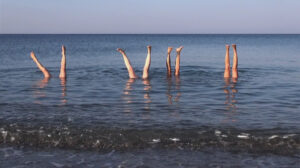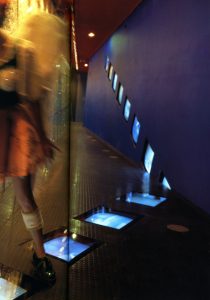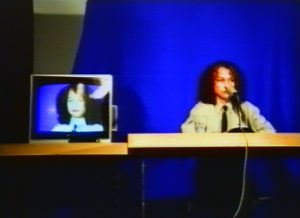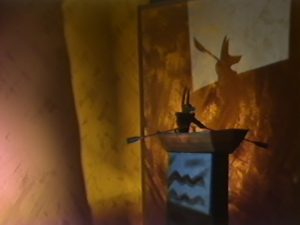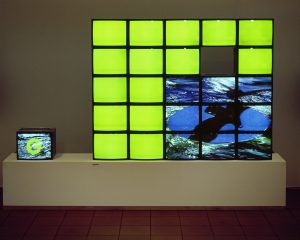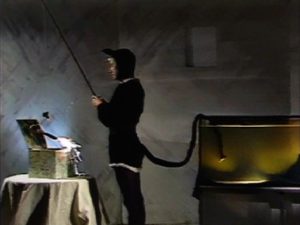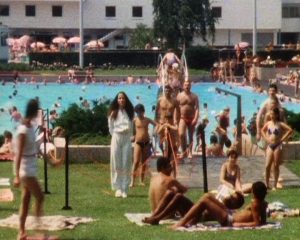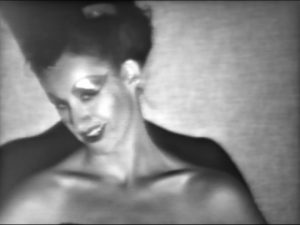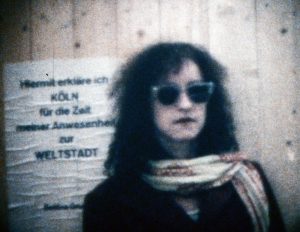MIT Boston, USA: PAL oder Never the Same Color
2018
Exhibition
MIT List Visual Arts Center Cambridge/USA
“Before Projektion: Video Sculpture 1974–1995”
curated by Henriette Huldisch
catalog
with the videoinstallation
“PAL oder Never the Same Color”
1988
Video wall with 25 monitors
5:40 min.
music: Uwe Wiesemann, Gerhard Zillingen
camera: Stephan Simon
editing: Martina Kaimeter
commissioned production: Museum Ludwig Cologne, Germany
2018 Technical reconstruction of the video wall by MIT
PAL oder Never the Same Color was first presented in 1988, on the twenty-fifth anniversary of the introduction of the PAL (Phase Alternating Line) color-encoding system to the European Broadcasting Union. PAL is the system used to standardize color broadcasting in Europe (as well as in Australia and much of Asia, Africa, and South America), developed for analog television. NTSC, an acronym for the National Television System Committee but mockingly dubbed “Never The Same Color,” is the competing standard in North America. PAL was developed in Europe in an effort to remedy NTSC’s shortcomings, while NTSC, the technically inferior system, remains the norm in the United States.
PAL oder Never the Same Color consists of twenty-five monitors arranged in a grid, with one TV set removed from the matrix and set aside. The monitors construct a wall in a manner reminiscent of bricks or pixels composing an image. Looped on the monitors is historic television footage designed to test color, including a host who presents herself in PAL and then NTSC to illustrate the difference. Also featured is a German logo that signaled a color broadcast (at a time when black-and-white was still standard) that reads in farbe (in color). The video cuts to a more familiar color-bar test, and proceeds to individually test the electronic primary colors of television (red, green, and blue). For instance, a “B” for blue appears alongside footage of a sky, a blue rose, and finally, a standard blue screen. Not only, then, does the work nod to different technological systems for calibrating color across cultures, but also their differing symbolic referents. The blue flower, for instance, would have been more widely recognized as the Blue Flower from the Romantic tradition in Germany.




